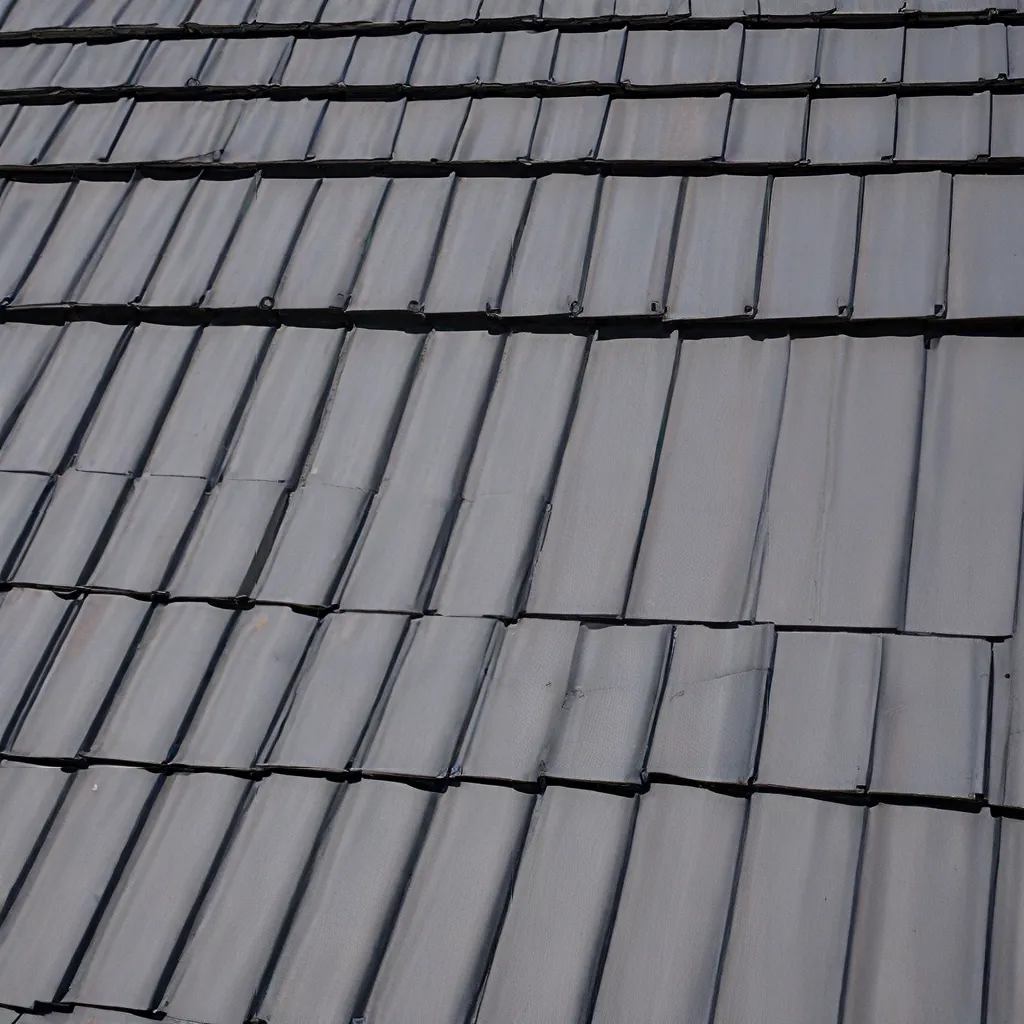
The Roof Conundrum: Conquering the Hot Mess in the Valley of the Sun
As a born-and-raised Phoenician, I can tell you that living in the desert comes with its fair share of unique challenges. And when it comes to our homes, the roof is often the biggest culprit in the battle against the scorching sun and sweltering heat.
Let me paint you a picture – imagine an 80s-era A-frame house, cut in half, with a little extra room tacked on top. Sound like a strange design choice? Welcome to my world. This architectural oddity has been the bane of my family’s existence for decades. With its vast, south-facing roof, vaulted ceilings, and pathetically thin insulation, keeping this place energy-efficient has been a constant uphill struggle.
As I shared with the folks at Metal Roofing magazine, our house is a textbook example of how not to design a home in the desert. The shingles we’ve had since 1983 do little to keep the scorching sun at bay, and the lack of an attic on the south side means there’s nowhere for the heat to escape. It’s a wonder we haven’t all melted into puddles by now.
Roof Reflections: Confronting the Thermal Nightmare
Luckily, my dad and I have been brainstorming ways to tackle this thermal nightmare. We’re thinking of going with a white metal roof, paired with purlins, battens, and a healthy dose of spray foam insulation. The goal is to create a reflective, well-insulated barrier that can stand up to the relentless Arizona sun.
But the real kicker? We’ve got a massive south-facing roof that’s perfect for solar panels. As someone who works in the solar industry, I can’t help but see the potential. The only catch is that the lag bolts used to secure the solar panel racking systems could be a bit of a challenge with the metal roof. We’ve been tossing around the idea of creating an air pocket, but with the local critters (hello, bees and rats!) that might be easier said than done.
Another consideration is the pitch of the roof. As the Metal Roofing experts pointed out, insulation needs to be properly blocked on steep pitches to prevent it from sliding around. So we’re thinking of adding 2×6 sleepers along the existing rafters, followed by a layer of insulation and an air gap before the metal roofing goes on. Sounds like a bit of a Tetris puzzle, but if it means finally beating the heat, I’m all in.
The Radiant Barrier Debate: To Double or Not to Double?
In my quest for the ultimate energy-efficient roof, I’ve come across a lot of chatter about radiant barriers. As per the advice from the Metal Roofing experts, I’m currently leaning towards using a product like Sharkskin Ultra Radiant, which promises to provide a highly reflective layer to keep the heat at bay.
But here’s where things get interesting – I’ve also been considering adding a second radiant barrier, like LP TechShield, just to be extra sure. The Metal Roofing folks cautioned that I might be going overboard with the dual radiant barriers, and I can’t help but wonder if they’re right. Is one really enough, or should I double down on the reflective layers?
It’s a tough call, but I’m determined to find the right balance between cost, effectiveness, and overkill. After all, I’m not looking to break the bank, but I also don’t want to take any chances with our notorious desert heat. Guess I’ll have to do some more research and weigh the pros and cons before making a decision.
Ventilation Vindication: Conquering the Attic Trap
Speaking of research, I’ve been diving deep into the importance of proper attic ventilation. As the Metal Roofing experts pointed out, my current setup with the gable vents and no ridge vent or soffits is a recipe for a steamy, uncomfortable upstairs. And let’s not forget the potential for condensation buildup, which could lead to all sorts of nasty issues.
So, I’ve been exploring my options, like adding a ridge vent and maybe even a low-powered gable fan to keep the air circulating. The folks at Builder Online also emphasized the importance of proper ventilation, so I know I need to get this right.
And let’s not forget about the soffits. While cutting them in under the west-facing eave might be a no-brainer, balancing that out on the long, east-facing side of the roof is a whole other challenge. Maybe I’ll look into GAF’s Cobra Intake Pro as an alternative – I hear it can provide the same ventilation benefits without compromising my dream metal roof aesthetic.
Putting It All Together: The Path to Energy Efficiency Nirvana
As I sit here, staring up at my outdated shingle roof and dreaming of a cooler, more energy-efficient future, I can’t help but feel like I’m embarking on a quest of epic proportions. But you know what they say – if it was easy, everyone would be doing it, right?
With my dad’s expertise, a healthy dose of research, and a little bit of trial and error, I’m confident that we can transform this thermal nightmare into a model of energy efficiency. A reflective metal roof, strategic insulation, and a well-designed ventilation system – it’s the holy trinity of keeping the desert heat at bay.
And let’s not forget about that sweet, sweet solar potential. Once we’ve got our metal roofing system dialed in, we’re planning to call in the experts from a local metal roofing company in Phoenix to help us maximize our solar setup. After all, what better way to cap off our energy-efficient overhaul than by harnessing the power of the sun?
So, here’s to conquering the hot mess in the Valley of the Sun, one roof at a time. Bring on the reflective panels, the insulation, and the ventilation – I’m ready to kiss those sky-high energy bills goodbye and welcome in a new era of cool, comfortable living. Wish me luck, fellow Phoenicians!
